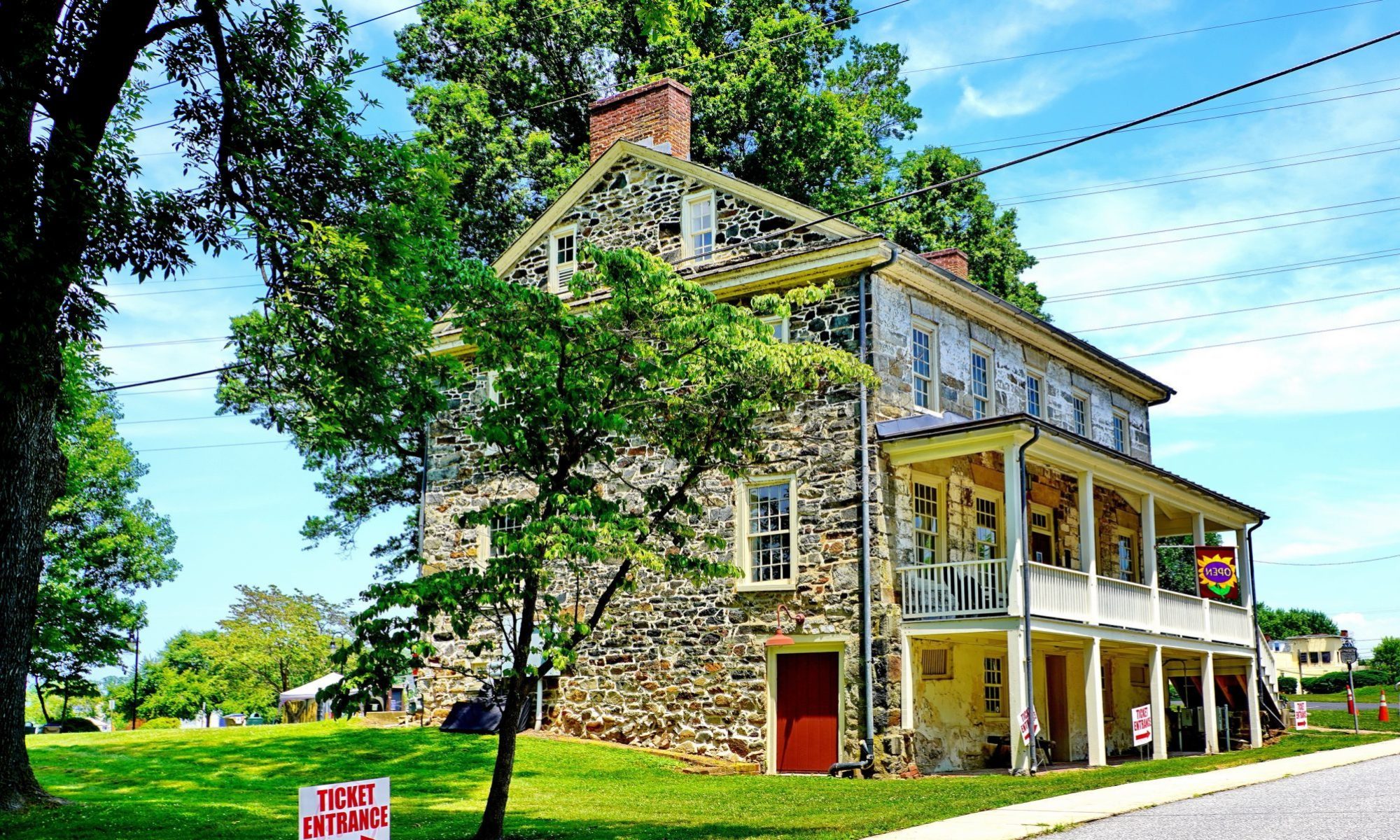
At the 81st annual meeting of the Historical Society of Cecil County, a packed house was on hand as Cecil’s heritage keepers presented George Reynolds with the Ernest A. Howard Award. This prestigious honor is given to individuals who have made a significant contribution to the preservation of the county’s historic resources and have faced huge challenges in trying to protect the built environment, preserve folkways, or save scarce relics.
Soon after George returned home from Navy duty in the Pacific during World War II, he became interested in regional Indian culture and archeology. That curiosity soon turned into a lifetime pursuit involving 60 years of extensive fact-finding, searching for artifacts that showed how people lived in the past. In the coming decade, the young combat veteran helped organize the Archaeological Society of Maryland and start the first local chapter.
When the state began talking about building an expressway across northeastern Maryland in the early 1960s, the proposal alarmed George. It wasn’t that he was against moving ahead, as he has always been a forward-looking person. He worried that once construction on the massive highway got underway, the big earth-moving machines, cutting a 300-foot wide path across Harford and Cecil counties, would destroy all evidence of prehistoric civilizations buried in the soil long before the European contact period.
So the Northeastern Chapter of the Archaeological Society of Maryland, led by George, set out to ensure the corridor was documented before progress obliterated all traces of earlier inhabitants. This involved building support with transportation planners, state officials, politicians, and residents, as well as raising money to support the project. George was successful, for he raised $500 from private sources, and with the help of a matching $500 grant from the governor, the group hired a Temple University professor to help them investigate the route.
This experience pointed out the need for the state to have an archaeologist. “We started a fight for a Maryland position,” George remarked. “It took two years of working with our delegates and senators, but we succeeded.” Tyler Bastain became Maryland’s first state archaeologist in 1964, as George served in leadership positions with the Archaeological Society of Maryland
There were plenty of other advocacy projects as his work was just beginning. In 1976, he helped organize the Elk Creek Preservation Society and was its president for the first ten years. The preservationist was involved similarly when the Cecil Historical Trust was formed and worked on the most current book on county history, “The Head of the Bay.”
The World War II sailor remarked on his strong passion for the past. “I went into Hiroshima, where they dropped the Atomic Bomb. We were riding on a Japanese truck as the ground was too radioactive to walk. The things I saw on that first observation round by the U.S. Navy were so unsettling. . . . I was uncertain about what the future held for the world, so I immersed myself in studying the past.”
George’s interest never diminished. Over the decades, he’s been involved in all of the major digs in the county, including the one at Elk Landing when the county detention center was being built. A Native-American burial site was discovered there. He has helped reveal much of what had been lost to centuries of time by being an advocate for archaeology and history in Cecil County. He also worked on the frontline, out there digging and studying the secrets of the soil.
The award is named after Ernest A. Howard, who was especially instrumental in helping build the strong Historical Society of 1,000 members, which serves the county today. Born in Childs in 1885, this organization’s benefactor was deeply involved in the successful revival of the nonprofit in the 1950s. He worked tirelessly to preserve local heritage and restored several old churches and buildings. In 1955, he was a central figure in establishing a modern headquarters for the Cecil County library and donated a wing to the library to provide a home for the Historical Society. Howard passed away in 1973.
George Reynolds, the energetic 90-year-old, becomes the fourth recipient of this honor.





















